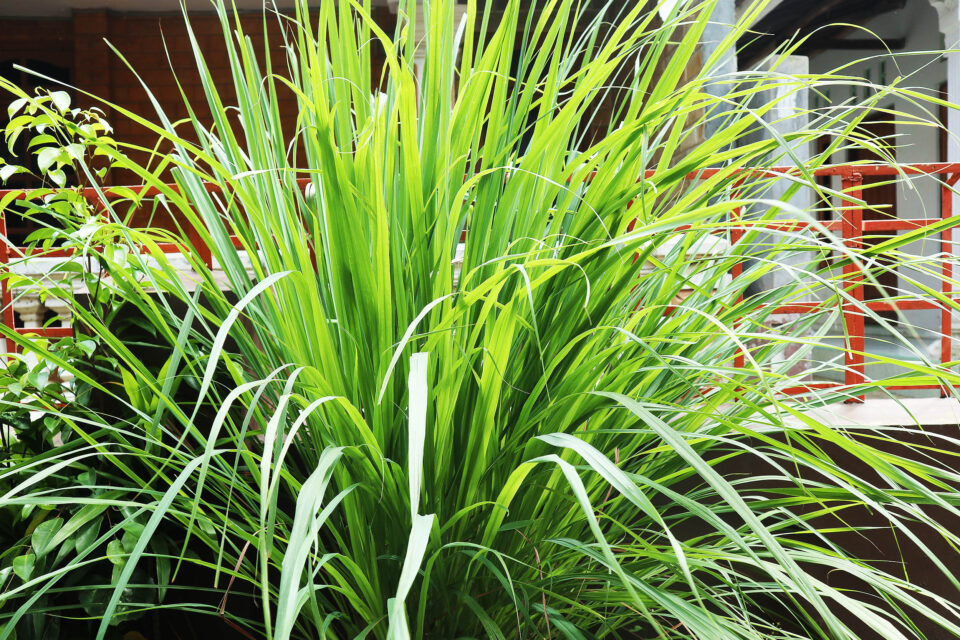If you’ve ever suffered mosquito bites during outdoor gatherings, you’re likely familiar with the arsenal of repellents—chemical sprays, citronella candles, and the less commonly known but highly effective mosquito plant. But what exactly is this plant, and how does it repel mosquitoes?
What is the Mosquito Plant?
The “mosquito plant,” often referred to as citronella, encompasses several species within the Cymbopogon genus, notably Cymbopogon citratus and Cymbopogon schoenanthus. These plants are commonly known as lemongrass and are native to regions in Africa, Asia, and Australia. They are renowned for their citrusy scent, which is derived from essential oils that naturally repel mosquitoes.
Adding to the botanical diversity, another plant often sold as the “mosquito plant” is Pelargonium citrosum, although it technically belongs to the geranium family (Geraniaceae) rather than the grass family (Poaceae) like true lemongrasses.
Uses Beyond Repelling Mosquitoes
Beyond its role as a mosquito deterrent, Cymbopogon citratus, in particular, boasts a variety of reported traditional uses worldwide:
- Brazil: Used in teas believed to possess diuretic, sedative, and fever-reducing properties.
- India: Considered effective against snakes and used in essential oils to aid in digestive issues.
- United States: Employed by Laotian Hmong communities for medicinal purposes, including wound healing.
- Egypt: Utilized for its antispasmodic properties.
- Thailand: Used both in cuisine and for medicinal purposes.
Growing Conditions and Identification
To cultivate mosquito plants successfully, specific conditions must be met:
- Hardiness: Thrives in USDA hardiness zones 10-12, preferring warmer climates and not tolerant of freezing temperatures.
- Water and Soil: Requires well-draining soil and regular watering, though it can withstand periods of drought.
- Sunlight: Flourishes in full sun, mimicking its natural habitat in sunny regions.
Identifying the plant involves recognizing its grassy appearance, with blades ranging from 1-10 centimeters (.5-4 inches) and reaching heights of 1-2 meters (3-5 feet). Found in warm, semi-wet environments globally, particularly in Australia, India, Africa, and coastal South America, these plants are harvested for their leaves and stems once matured, typically around 120-240 days.
Conclusion
As communities increasingly seek natural alternatives to chemical insect repellents, the mosquito plant stands out for its dual role in gardening and wellness. Whether as a decorative garden addition or a potent natural repellent, understanding and cultivating the mosquito plant offers a sustainable solution to managing pesky insects while embracing the benefits of nature’s remedies.












